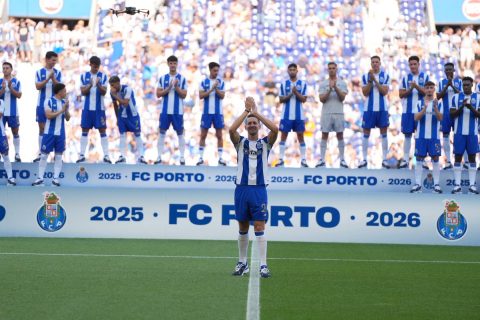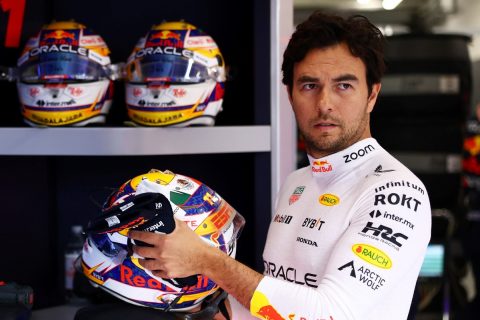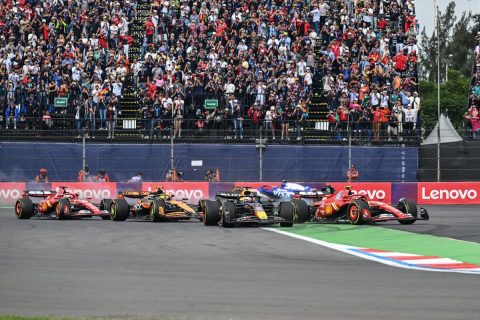The upcoming Qatar Grand Prix has prompted necessary modifications to the challenging Formula 1 circuit. Seven out of the track’s 16 corners now sport revamped kerb profiles in response to last year’s complications. These changes were implemented after the previous kerb design resulted in tyre damages, forcing the FIA (Fédération Internationale de l’Automobile) to enforce strict stint limits during the race.
Understanding the Kerb Adjustments
The original kerbs were engineered to dissuade drivers from pushing track limits, featuring sharp 50mm points on their inner edges with a steep drop-off. While intended to maintain the integrity of the racing line, the high-speed nature of the circuit and prolonged kerb usage had unforeseen impacts. These sharply angled profiles caused microscopic separations in tyre sidewalls, demanding a solution.
Now, each kerb has been shaved to present a flatter top surface and a gentler drop-off on the outside edge. This design is expected to lessen tyre stress when traversing the kerbs under regular race conditions. Furthermore, should a driver cross the edge, the resultant impact with the ground should be significantly less forceful.
Pirelli’s Reassurance and Testing
F1’s official tyre supplier, Pirelli, has proactively tested the new kerb profiles using dynamic test beds at its R&D facility in Milan. The company remains confident in the robust solution. Despite bringing their hardest three compounds—C1, C2, and C3—to Qatar, last year’s failures were claimed to be unrelated to the compound type.
The FIA and track owners have introduced additional countermeasures by installing narrow gravel strips along the outer boundaries of the reprofiled kerbs. This complements the kerbs’ new design to promote racing safety and performance integrity.
Future Implications
With these significant changes in place, the Qatar Grand Prix promises a safer race for drivers keen to test the limits of speed and skill. The revised track also offers valuable insights into how circuit design can evolve to maintain competitive integrity while ensuring safety.
As we await the drivers’ feedback on the revamped layout, these developments signal a progressive approach to Formula 1’s future, marrying cutting-edge technology with sport safety innovation.









